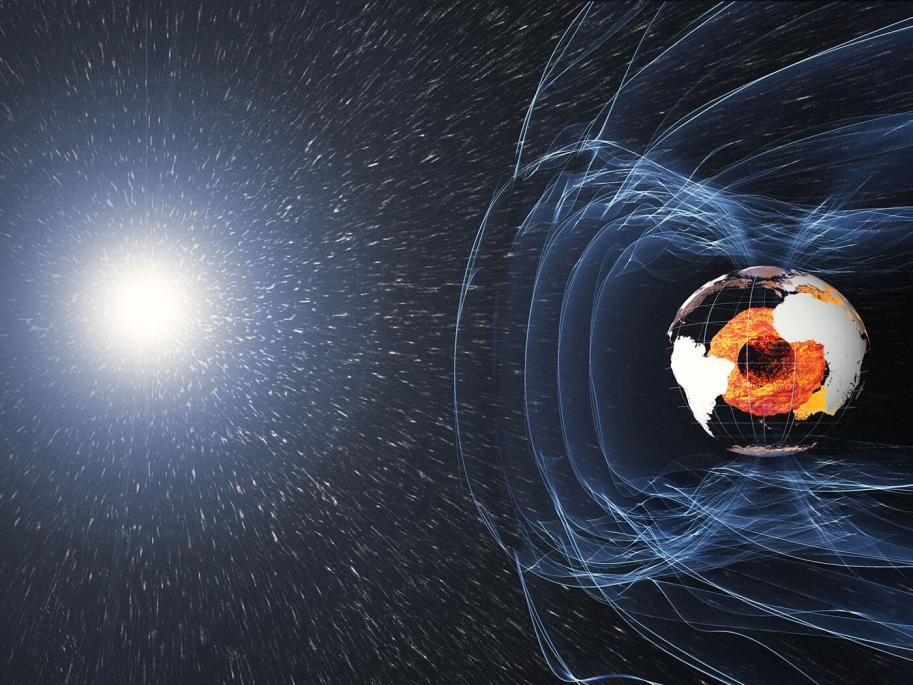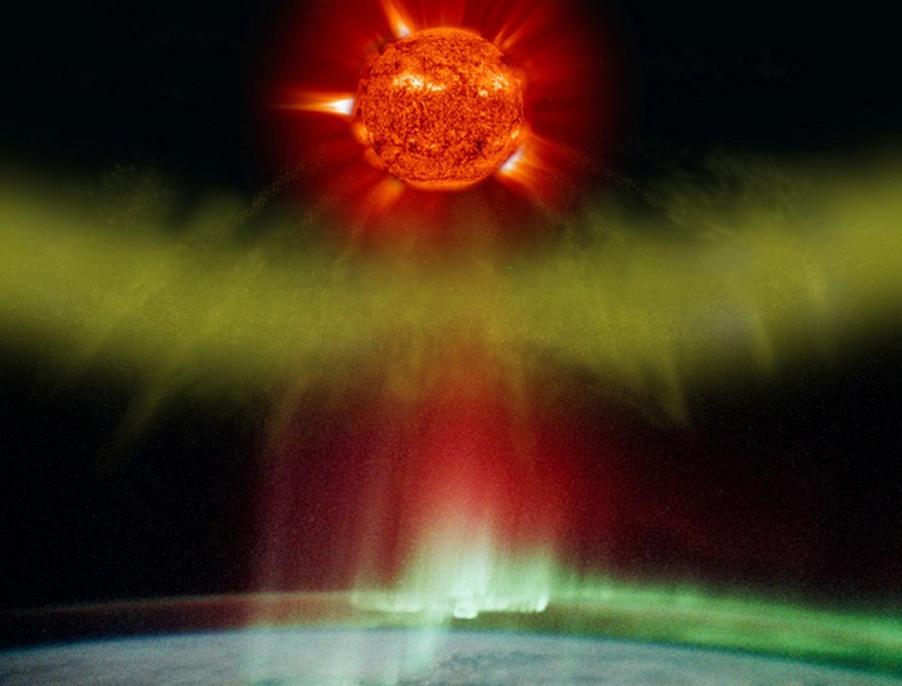What is the Relationship Between the Northern Lights and Solar Activity?
The Northern Lights, also known as aurora borealis, are a captivating natural phenomenon that has fascinated humanity for centuries. These mesmerizing displays of light in the night sky are a result of the interaction between solar activity and Earth's magnetic field. This article delves into the intricate relationship between the Northern Lights and solar activity, exploring the mechanisms behind this celestial spectacle and its implications for space weather forecasting.

I. Solar Activity And Its Impact On Earth's Magnetosphere
1. Understanding Solar Activity:
- Solar activity refers to the dynamic processes occurring on the Sun, including solar flares, coronal mass ejections (CMEs), and the solar wind.
- Solar flares are sudden bursts of energy released from the Sun's atmosphere, often accompanied by the ejection of charged particles.
- Coronal mass ejections are large eruptions of plasma and magnetic fields from the Sun's corona.
- The solar wind is a continuous stream of charged particles emitted from the Sun's outer atmosphere.
2. Solar Activity And Geomagnetic Storms:
- Solar activity can disturb Earth's magnetosphere, the protective shield generated by Earth's magnetic field.
- When solar storms or CMEs reach Earth, they can trigger geomagnetic storms, causing disturbances in Earth's magnetic field.
- These geomagnetic storms can disrupt various technological systems, such as power grids, communication networks, and satellite operations.
3. Earth's Magnetic Field And Charged Particles:
- Earth's magnetic field acts as a guide for charged particles from the solar wind.
- These charged particles are channeled towards the polar regions, where they interact with Earth's atmosphere.
- The interaction between charged particles and atmospheric gases gives rise to the Northern Lights.
II. Mechanisms Behind The Northern Lights
1. Charged Particles And Atmospheric Interaction:
- As charged particles from the solar wind enter Earth's atmosphere, they collide with atmospheric gases, primarily oxygen and nitrogen.
- These collisions excite and ionize the atmospheric gases, causing them to emit light.
- The color of the Northern Lights depends on the type of atmospheric gas and the energy of the charged particles.
2. Excitation And Ionization Processes:
- Excitation occurs when an electron in an atom or molecule absorbs energy and moves to a higher energy level.
- Ionization occurs when an electron is completely removed from an atom or molecule, leaving it positively charged.
- When excited or ionized atoms or molecules return to their normal state, they release energy in the form of light.
3. Atmospheric Gases And Color Variations:
- Oxygen atoms emit greenish-yellow and red light when excited.
- Nitrogen atoms emit bluish-white and purplish light when excited.
- The combination of these colors creates the vibrant and dynamic displays of the Northern Lights.
III. Relationship Between Solar Activity And The Intensity Of The Northern Lights
1. Correlation Between Solar Activity And Auroral Displays:
- There is a strong correlation between increased solar activity and more frequent and intense Northern Lights displays.
- During periods of high solar activity, such as solar storms or CMEs, the number and intensity of auroral displays increase significantly.
- These solar events inject large amounts of charged particles into the solar wind, which in turn enhance auroral activity.
2. Solar Storms And Geomagnetic Storms:
- Solar storms and CMEs can trigger geomagnetic storms, which can lead to enhanced auroral activity.
- Geomagnetic storms disrupt Earth's magnetic field, allowing charged particles to penetrate deeper into the atmosphere.
- This results in more intense and widespread auroral displays, often visible at lower latitudes.
3. Examples Of Solar Events And Auroral Displays:
- The Carrington Event of 1859: A powerful solar storm caused brilliant auroral displays visible as far south as the Caribbean.
- The Halloween Storms of 2003: A series of solar storms resulted in spectacular auroral displays across North America and Europe.
- The Solar Storm of March 2015: A geomagnetic storm triggered by a CME produced vivid auroral displays in the northern United States.
IV. Forecasting The Northern Lights
1. Challenges In Auroral Forecasting:
- Predicting the occurrence and intensity of the Northern Lights is challenging due to the unpredictable nature of solar activity.
- Solar storms and CMEs can occur suddenly and without warning, making it difficult to forecast auroral displays with precision.
- Factors such as cloud cover and light pollution can also affect the visibility of the Northern Lights.
2. Methods For Auroral Forecasting:
- Scientists monitor solar activity using various instruments and techniques.
- Real-time data on solar flares, CMEs, and the solar wind are collected and analyzed.
- Numerical models are used to predict the trajectory and intensity of solar storms and geomagnetic storms.
3. Resources For Auroral Enthusiasts:
- Websites and mobile apps provide up-to-date information on solar activity and auroral forecasts.
- Aurora alerts and notifications can be set up to inform users of upcoming auroral displays.
- Local astronomy clubs and organizations often organize aurora-watching events and provide guidance to enthusiasts.
V. Conclusion
The Northern Lights are a captivating natural phenomenon that showcases the intricate relationship between solar activity and Earth's magnetic field. Understanding this relationship is crucial for space weather forecasting and has implications for various technological systems. As we continue to explore and unravel the mysteries of the Sun and its influence on our planet, we gain valuable insights into the dynamic nature of our solar system and its impact on Earth's environment.
Further research and exploration are needed to deepen our understanding of the Northern Lights and their connection to solar activity. By unraveling the complexities of this celestial spectacle, we not only satisfy our curiosity about the wonders of the universe but also gain knowledge that can help us mitigate the effects of space weather events and protect our technological infrastructure.

YesNo

Leave a Reply